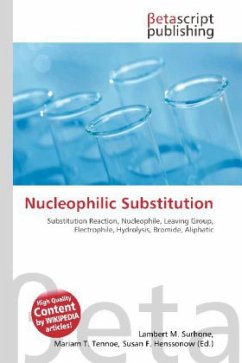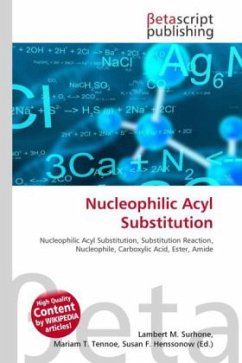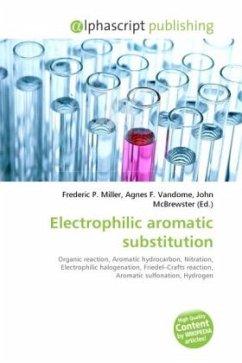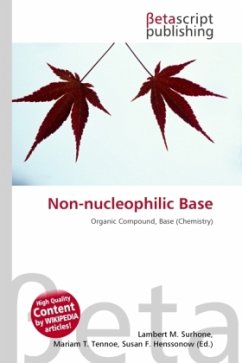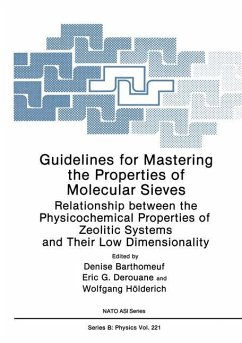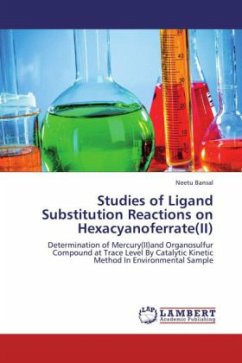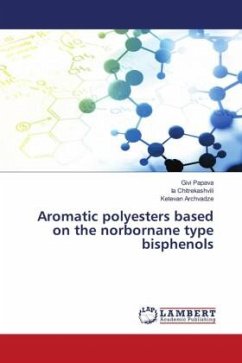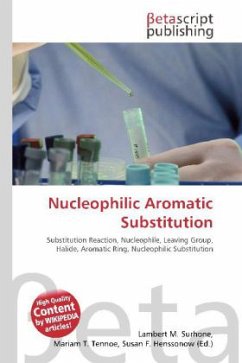
Nucleophilic Aromatic Substitution
Versandkostenfrei!
Versandfertig in 6-10 Tagen
19,99 €
inkl. MwSt.

PAYBACK Punkte
10 °P sammeln!
Please note that the content of this book primarily consists of articles available from Wikipedia or other free sources online. A nucleophilic aromatic substitution is a substitution reaction in organic chemistry in which the nucleophile displaces a good leaving group, such as a halide, on an aromatic ring. The most important of these is the SNAr mechanism, where electron withdrawing groups activate the ring towards nucleophilic attack, for example if there are nitro functional groups positioned ortho or para to the halide leaving group. The following is the reaction mechanism of a nucleophili...
Please note that the content of this book primarily consists of articles available from Wikipedia or other free sources online. A nucleophilic aromatic substitution is a substitution reaction in organic chemistry in which the nucleophile displaces a good leaving group, such as a halide, on an aromatic ring. The most important of these is the SNAr mechanism, where electron withdrawing groups activate the ring towards nucleophilic attack, for example if there are nitro functional groups positioned ortho or para to the halide leaving group. The following is the reaction mechanism of a nucleophilic aromatic substitution of 2,4-dinitrochlorobenzene in a basic aqueous solution. In this sequence the carbons are numbered clockwise from 1-6 starting with the 1 carbon at 12 o''clock, which is bonded to the chloride. Since the nitro group is an activator toward nucleophilic substitution, and an ortho/para director, it allows the benzene carbon to which it is bonded to have a negative charge.



